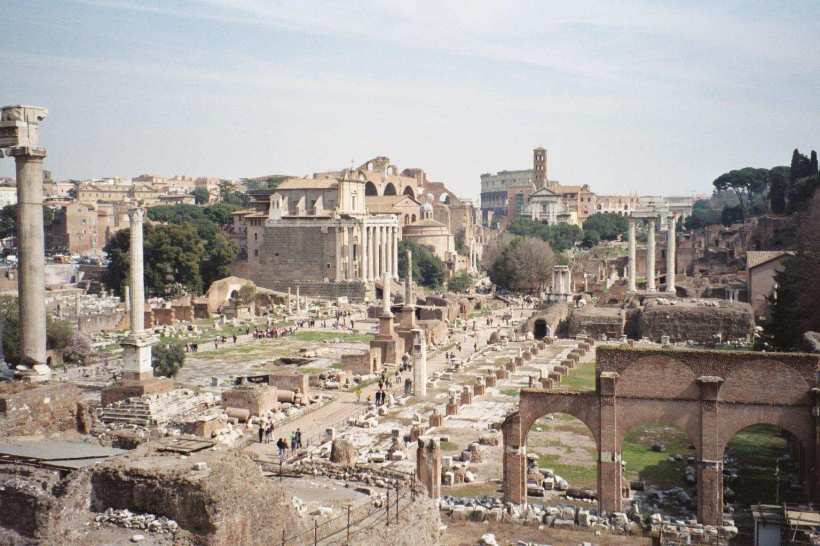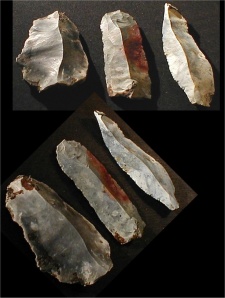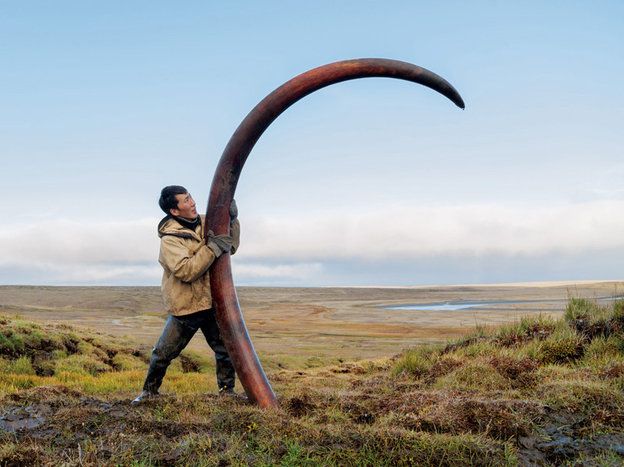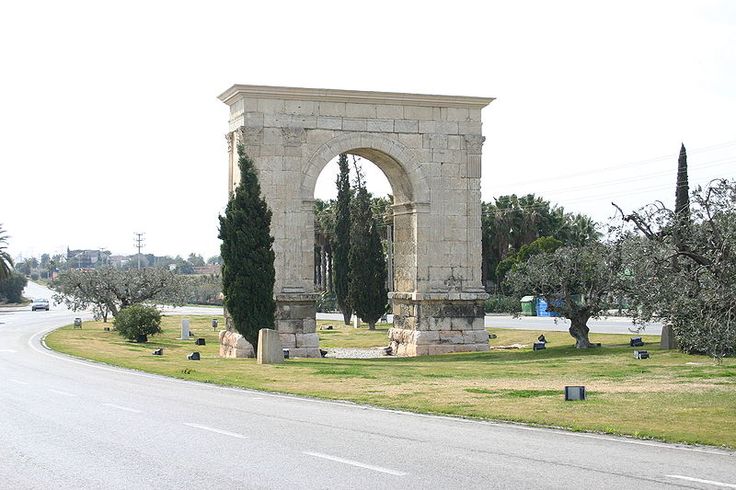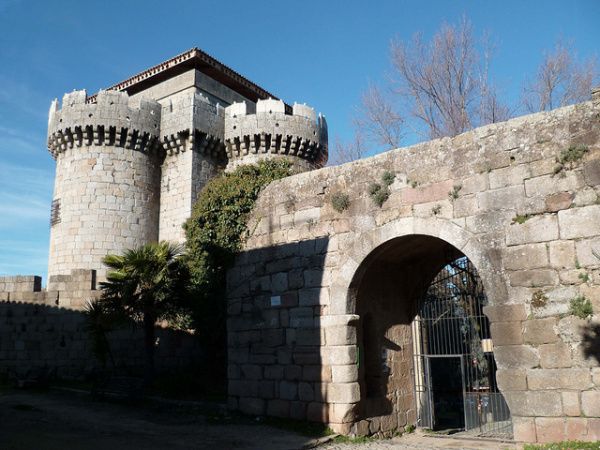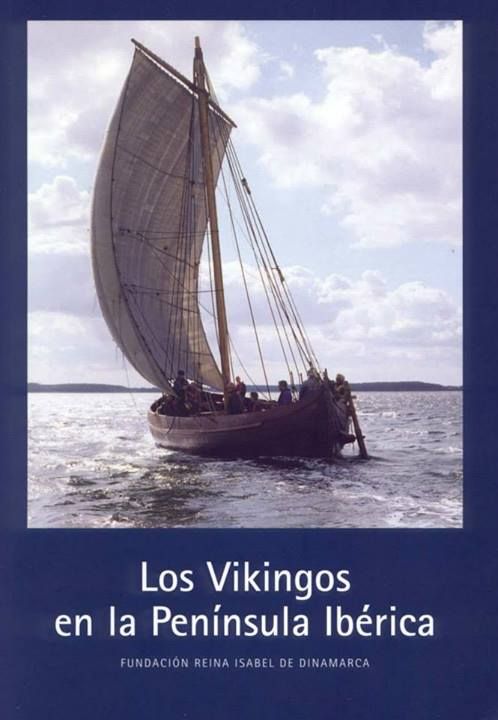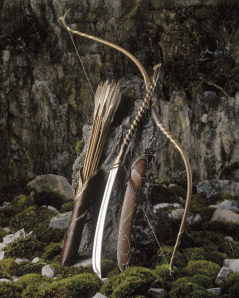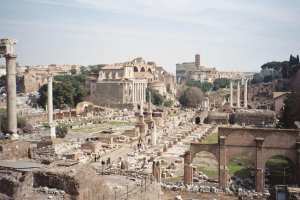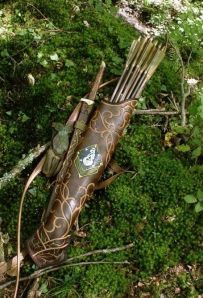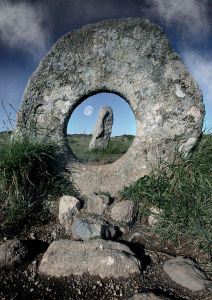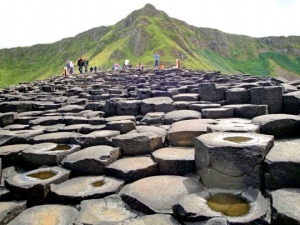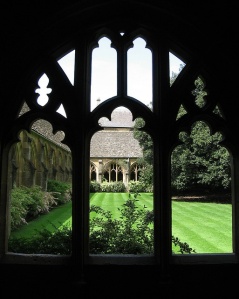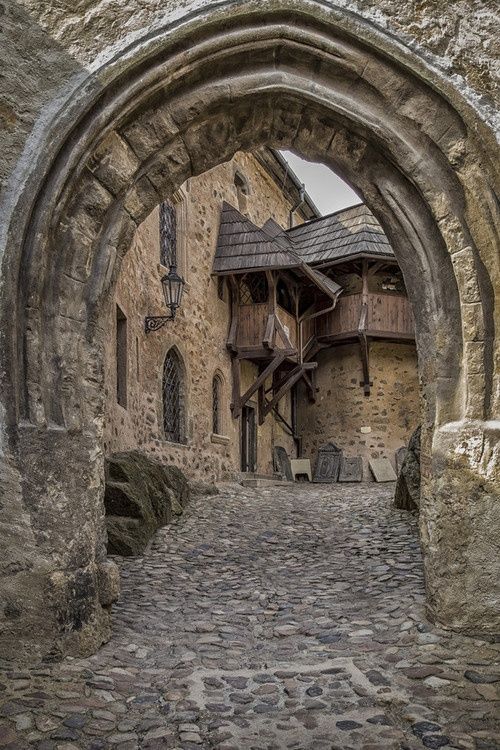ESPAÑOL INGLÉS
TRADUCCIÓN DE LA PALABRA O FRASE Nº 40:
‘MEMORIA’ / Nombre, MEMORY [memories].
*refrescale la memoria a alguien, to refresh somebodiy’s memory.
*saber algo de memoria, to know something off by heart
Historia
Prehistoria y antigüedad
El mas antiguo fósil humano descubierto en el territorio es de más de 500 000 años.4 El descubrimiento fue hecho en donde hoy se ubica Norfolk y Suffolk. El hombre moderno llegó al territorio hace 35 mil años, pero debido a las condiciones difíciles del último periodo glacial, huyeron de Gran Bretaña para las montañas del sur de Europa. Solamente los grandes mamíferos como los mamuts y los rinocerontes permanecieron. Cerca de 11 mil años atrás, cuando el hielo comenzó a derretirse los seres humanos volvieron a ocupar la región. Una pesquisa genética demostró que vinieron del norte de la Península Ibérica. El nivel del mar era más bajo que el actual, y Gran Bretaña estaba conectada por tierra a Irlanda y Eurasia,5 cuando el mar subió se separó de Irlanda hace 9000 años y de Eurasia medio siglo después.
La Cultura del vaso campaniforme llegó por vuelta del año 2500 a.c., junto a ellos comenzó la construcción de navíos a partir de barro y cobre.6 Fue en esa época que los grandes monumentos del Neolítico se construyeron, como lo son el Stonehenge y el Avebury. Durante la Edad de Hierro los celtas llegaron desde la Europa Central, el desarrollo de la fundición de hierro permitió la construcción de mejores arados, el avance de la agricultura y la producción de armas más eficaces.7
Los romanos conquistaron a Bretaña en el año 43, bajo el reinado de Claudio, el área fue incorporada a la provincia de Britania.8 En el año 410, con la decadencia del Imperio Romano, los romanos dejaron la isla para defender sus límites en la Europa Continental.
Edad Media
Después de la retirada de los romanos, Gran Bretaña se vio propensa a la invasión de marinos guerreros como los sajones y los jutos que ganaron control en áreas del sureste, siendo contenido su avance por un tiempo luego de la victoria de los britanos en la Batalla del Monte Badon. Los reinos británicos posromanos en el norte, posteriormente conocidos colectivamente por los bardos británicos como el Hen Ogledd, fueron, a su vez, gradualmente conquistados por los anglos durante el siglo VI. Relatos contemporáneos fidedignos de este periodo son escasos, así como también lo es la evidencia arqueológica, dando lugar a su descripción como una Edad Oscura. Existen varias teorías conflictivas con respecto a la extensión y al proceso de la invasión anglosajona de Gran Bretaña; Cerdic, fundador de la dinastía de Wessex, pudo haber sido un britón. No obstante, para el siglo VII pequeños reinos anglosajones conocidos como la Heptarquía habían emergido en la parte central y sur de Gran Bretaña: Northumbria, Mercia, Estanglia, Essex, Kent, Sussex y Wessex.
El cristianismo fue introducido en el sur por Agustín desde Roma y en el norte por Aidan desde Irlanda, lo que reintrodujo la Cristiandad que se había perdido después de la fundación de la Heptarquía.
Inglaterra fue conquistada en 1066 por un ejército liderado por Guillermo el Conquistador desde el Ducado de Normandía, un feudo del Reino de Francia. Los normandos provenían de Escandinavia y se habían asentado en Normandía sólo unos siglos antes. Este pueblo introdujo el feudalismo y mantuvo el poder a través de barones.
************************************************************
History
Prehistory and antiquity
The oldest human fossil found in the territory of more than 500 000 years. The discovery was made in places where today Norfolk and Suffolk . Modern man came to the territory 35,000 years ago, but due to the difficult conditions of the last glacial period , fled Britain to the mountains of southern Europe. Only large mammals such as mammoths and rhinos remained. About 11 thousand years ago, when the ice began to melt humans reoccupied the region. Genetic research showed that came from the north of the Iberian Peninsula . The sea level was lower than now, and Britain was connected by land to Ireland and Eurasia, when the sea rose was separated from Ireland 9000 years and Eurasia half a century later.
The Beaker culture arrived around the year 2500 BC, they began by building vessels from clay and copper. It was at this time that the great monuments of the Neolithic were built, such as the Stonehenge and Avebury. During the Iron Age Celts came from Central Europe , the development of iron smelting allowed the construction of better plows, advancing agriculture and the production of more effective weapons.
The Romans conquered Britain in 43 , under the reign of Claudius , the area was incorporated into the province of Britain . In the year 410 , with the decline of the Roman Empire , the Romans left the island to defend their boundaries in Continental Europe.
Middle Ages
After the withdrawal of the Romans, Britain was prone to invasion by sea warriors like the Saxons and Jutes who gained control in areas of the Southeast, being content your progress for a while after the victory of the Britons at the Battle Mount Badon . The kingdoms post-Roman Britain , later known collectively as the British bards in northern Hen Ogledd were, in turn, gradually conquered by the Angles in the sixth century. Reliable contemporary accounts of this period are scarce, and so is the archaeological evidence, giving rise to its description as a Dark Age . There are several conflicting theories regarding the extent and the process of the Anglo-Saxon invasion of Britain , Cerdic , founder of the Wessex dynasty , may have been a Briton. However, for small seventh century Anglo-Saxon kingdoms known as the Heptarchy had emerged in central and southern Britain: Northumbria , Mercia , East Anglia , Essex , Kent , Sussex and Wessex .
The Christianity was introduced to the south by Augustine from Rome and in the north by Aidan from Ireland, which reintroduced Christianity was lost after founding the Heptarchy.
England was conquered in 1066 by an army led by William the Conqueror from the Duchy of Normandy , a fief of the Kingdom of France . The Normans came from Scandinavia and had settled in Normandy a few centuries earlier. These people introduced feudalism and maintained power through barons.
